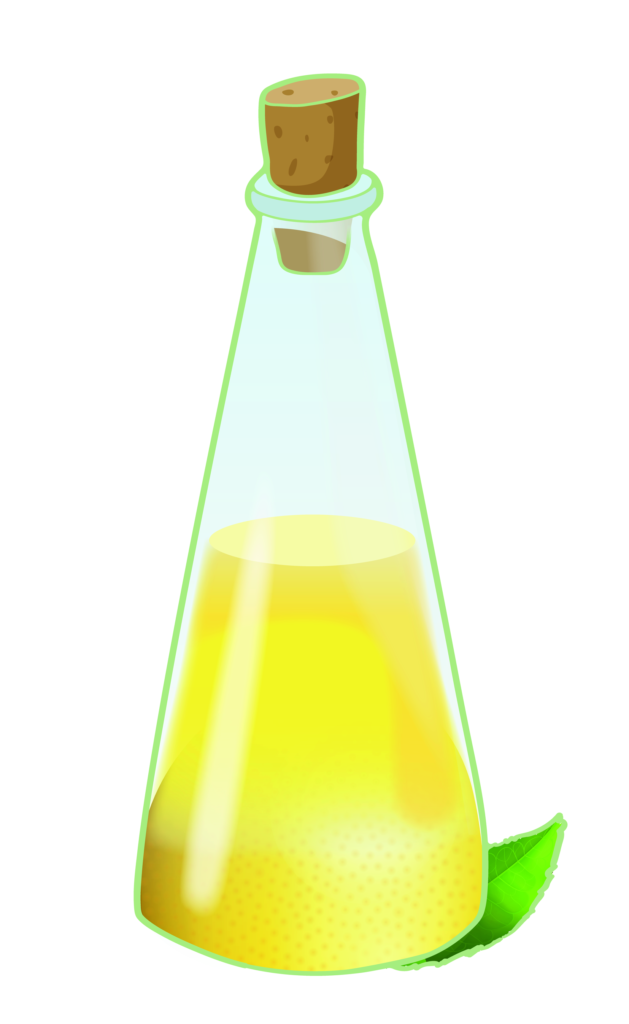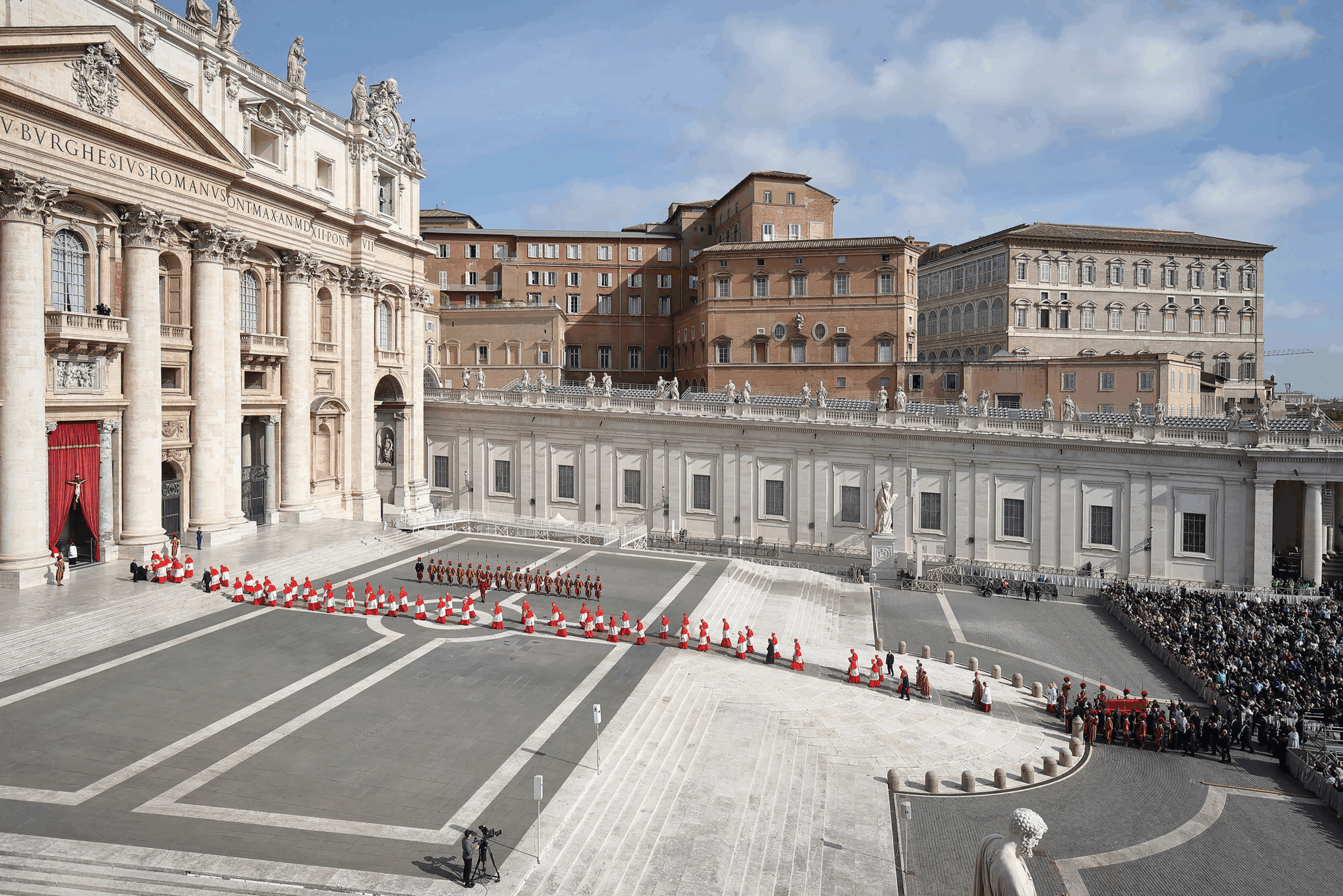By Mother Martha

In almost all family-run trattorias in Rome and in southern Italy, when the restaurateur presents the bill at the end of the meal, he or she offers the guests a choice of digestivi. These are after-dinner drinks meant to help digestion. Many, like grappa from the Veneto and Friuli, Abruzzese centoerbe or Sardinian fil ’e ferru, are fiery; many others, like Fernet-Branca, China Martini, Amaro Lucano, and Cynar made from artichokes, fall into the category of amari or bitters; still others, like Sicilian Averna, Milanese Ramazotti, and Amaro Montenegro from Emilia Romagna, are bitter-sweet; and several are sweet and thus considered suitable for ladies, like strega from Benevento, amaretto from Saronno made from almonds, anice-flavored Sambuca from Civitavecchia near Rome, as well as limoncello from the Amalfi Coast. Limoncello has become world-famous and is the second-most popular Italian liqueur after Campari.
As its name more than implies, limoncello is definitely made from lemons, but its history is disputed. Some sources say that during the Middle Ages the monks along the Amalfi Coast already sipped limoncello to pass the hours between prayers. Others claim that fishermen drank it to keep warm while still others clarify that it was long-distance sailors, not fishermen, who drank it to stave off scurvy.
Although there is no documented history of limoncello before the turn of the 20th century, we do know that it has to have originated along the Sorrento Peninsula from Vico Equense to Massa Lubrense, the Amalfi Coast, and on Capri because of the local microclimate, closeness to the sea, and the pagliarelle (straw matting) held up with chestnut poles, still and probably always used to protect the lemon orchards from cold winds.
Its origin, however, is a tale of three towns, Amalfi, Capri, and Sorrento, each fiercely defending its claim as the birthplace. No matter where, the lemons are always harvested by hand from February to October. Amalfi bases its claim on its sfusato or spindle-shaped lemon, which has grown in its orchards since the 11th century. Instead, the first description of the Sorrento lemon dates back to 1656, when a botanist named G.B. Ferrari described the rind as tough, pleasantly-scented with a sweet taste and the flavor of the flesh as “pleasantly sour.” Capri’s claim as limoncello’s birthplace is the most recent, but also the only one with verifiable documentation.
At the beginning of the 20th century, Maria Antonia Farace kept a small inn at Isola Azzura, where she maintained a lush orchard of lemons and oranges and developed a liqueur which she shared with her guests. Then, after World War II, her grandson opened a pub in the town of Anacapri near the home of Axel Munthie (1857-1949), the Swedish-born medical doctor and psychiatrist best known as the author of The Story of San Michele, an autobiographical account of his life and work. Of course, the specialty of the pub was nonna Maria Antonia’s liqueur. Then in 1988 Massimo Canale, Maria Antonia’s great-grandson, produced his own homemade limoncello, patenting its trademark. Canale’s trademark started a snowballing sensation still existing even today. What started as local and then regional sales quickly spread nationwide. Its popularity skyrocketed internationally when it was served in a scene of the 2003 movie Under the Tuscan Sun.
Yet this sudden popularity had a down side. Since the name limoncello itself is not protected, liquor companies started to make their own brands, often adding artificial colors to limoncello’s four official ingredients: the zest or peel of organic lemons, water, alcohol, and sugar. As an attempt to block commercial imitations, in 2008 the European Parliament passed regulations that offered limoncello made on the Amalfi Coast and environs a location-based stamp of approval called a “Protected Geographical Indication” or PGI for short. This stamp of approval is found on the labels of the bottles of authentic limoncello and guarantees that the producers have not used artificial colors, emulsifiers, flavorings and preservatives (with the exception of ascorbic acid). According to Marjorie Shaw, the owner of Insider’s Italy (www.insidersItaly.com), which organizes exclusive customized trips to “the boot,” and her local expert colleague, Giocondo Cavaliere, the best authentic local brands are Carlo Mansi’s in Minori (see my article, “Off the Amalfi Coast’s Beaten Track,” ITV, November 2021), Valerio Di Riso’s “I Giardini di Ravello,” now made in Conca dei Marini, and the Aceto family’s “Valle dei Mulini” in Amalfi.
So first a fad, then a fashion and now a tradition, limoncello is served all-year-round, but it’s at its best served chilled in little chilled ceramic cups also made on the Amalfi Coast after an unforgettably romantic summertime supper overlooking the Bay of Naples. So, if as the saying goes “When life brings you only lemons,” don’t follow its instructions to make lemon pies or lemonade; instead open a bottle of limoncello.






Facebook Comments